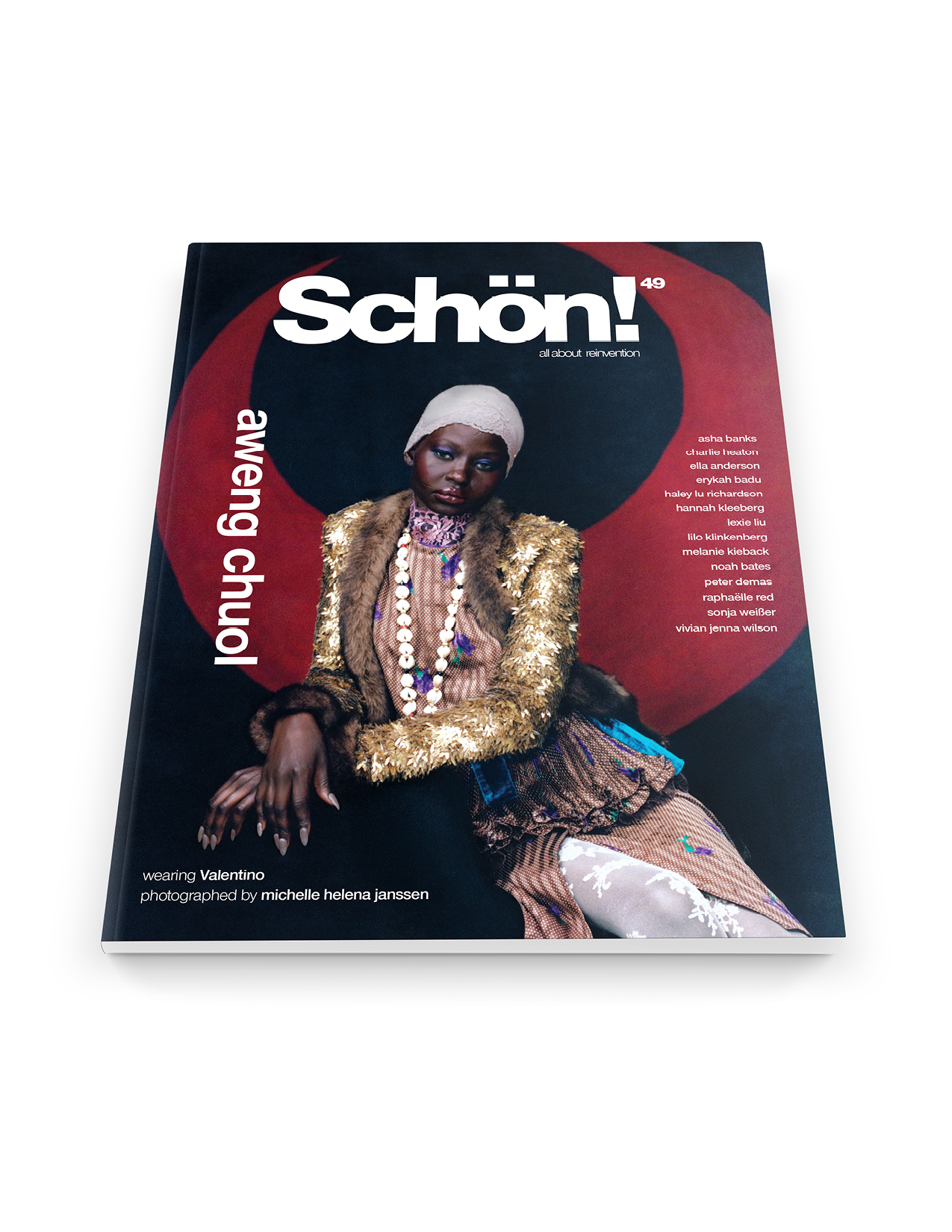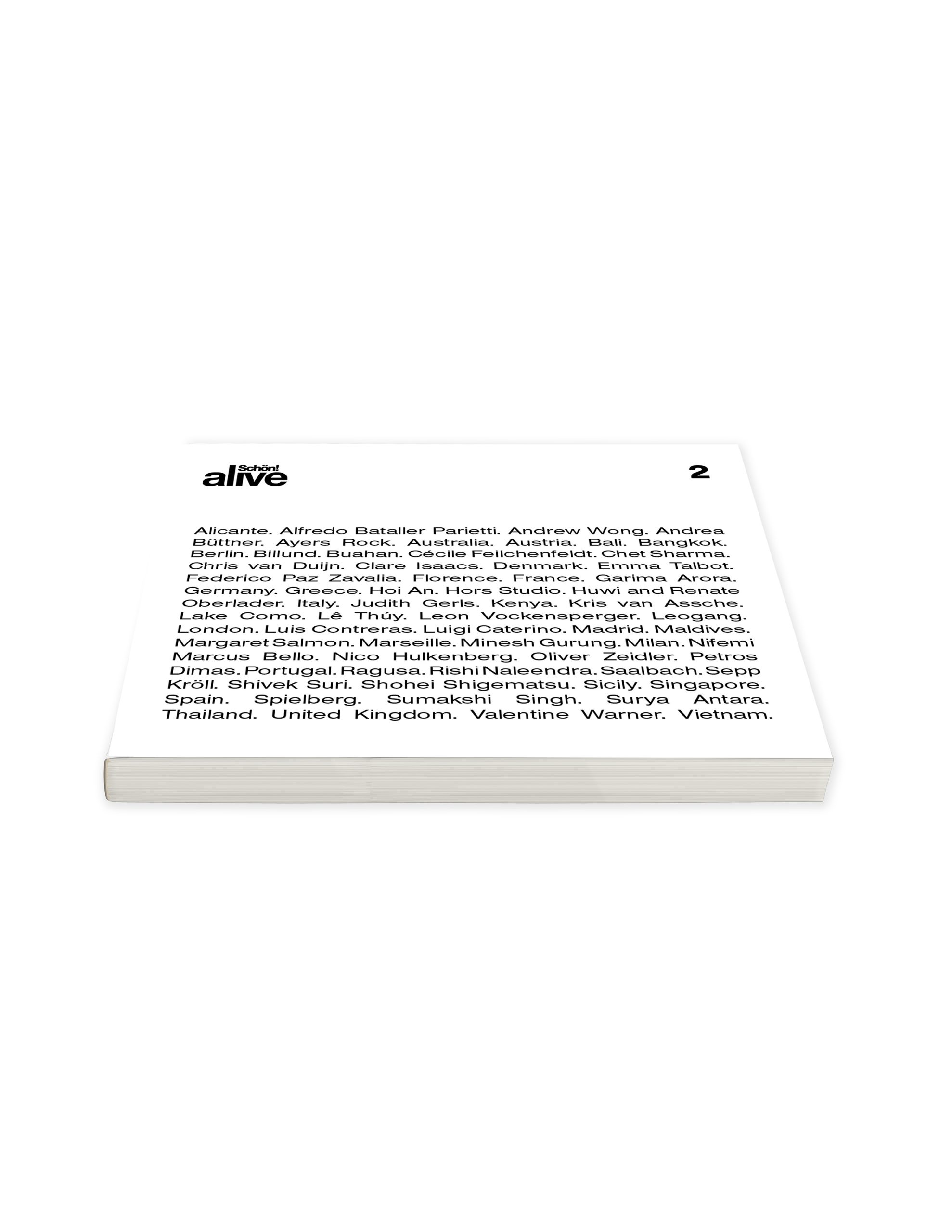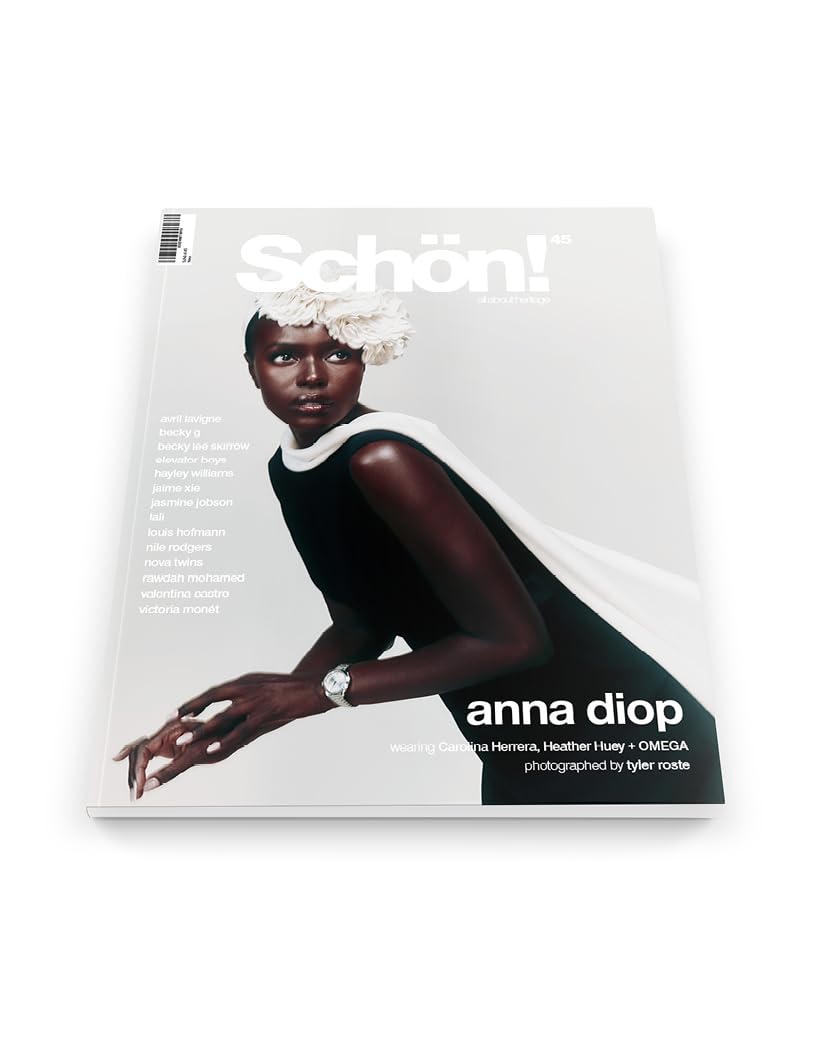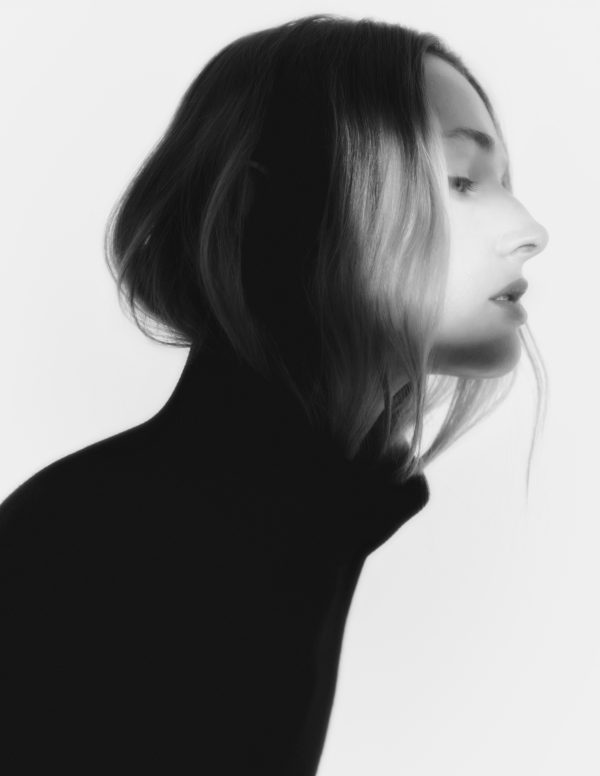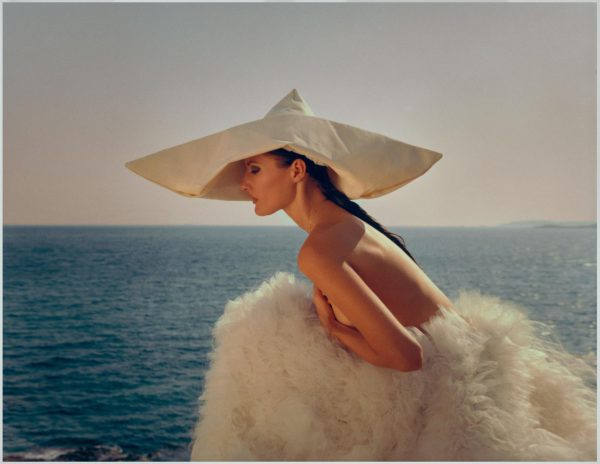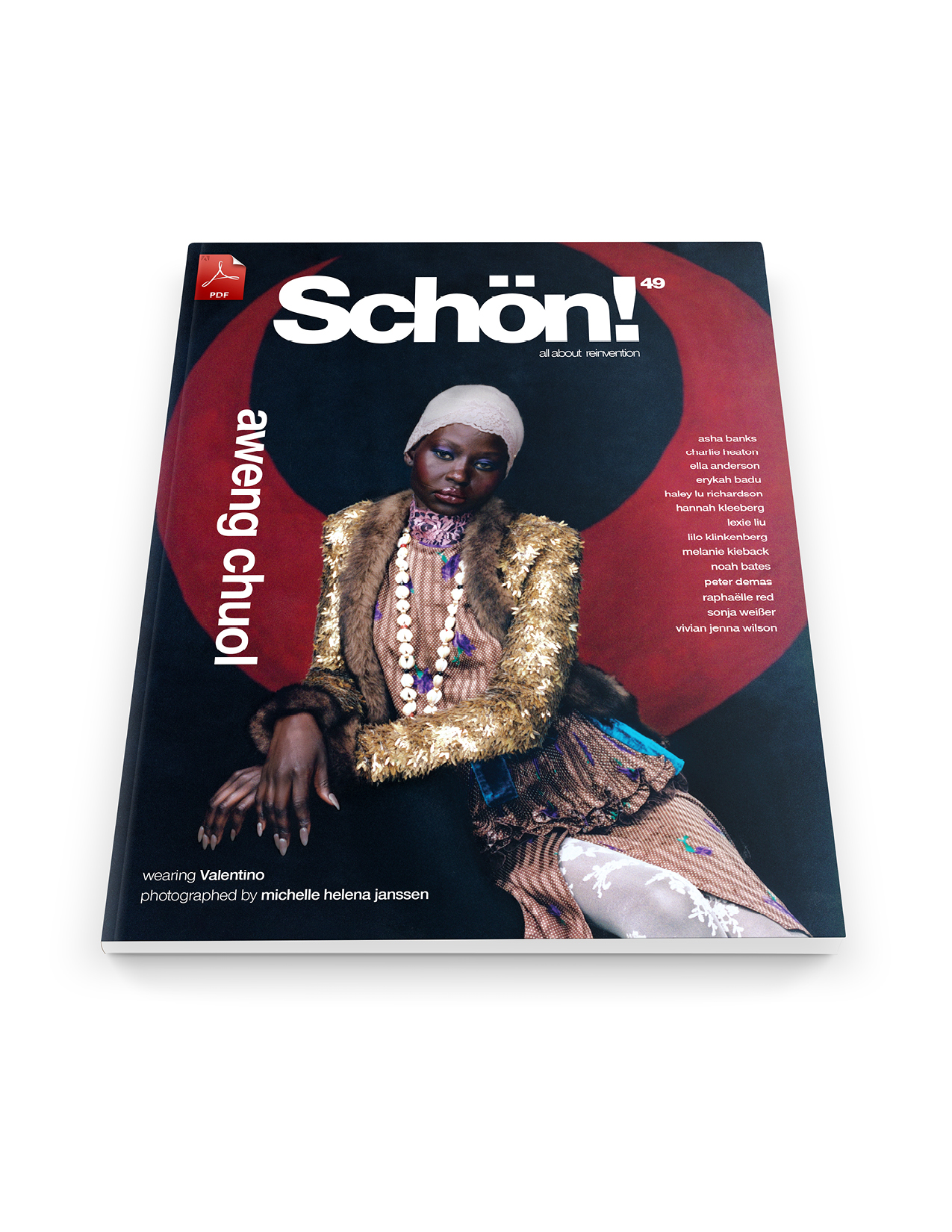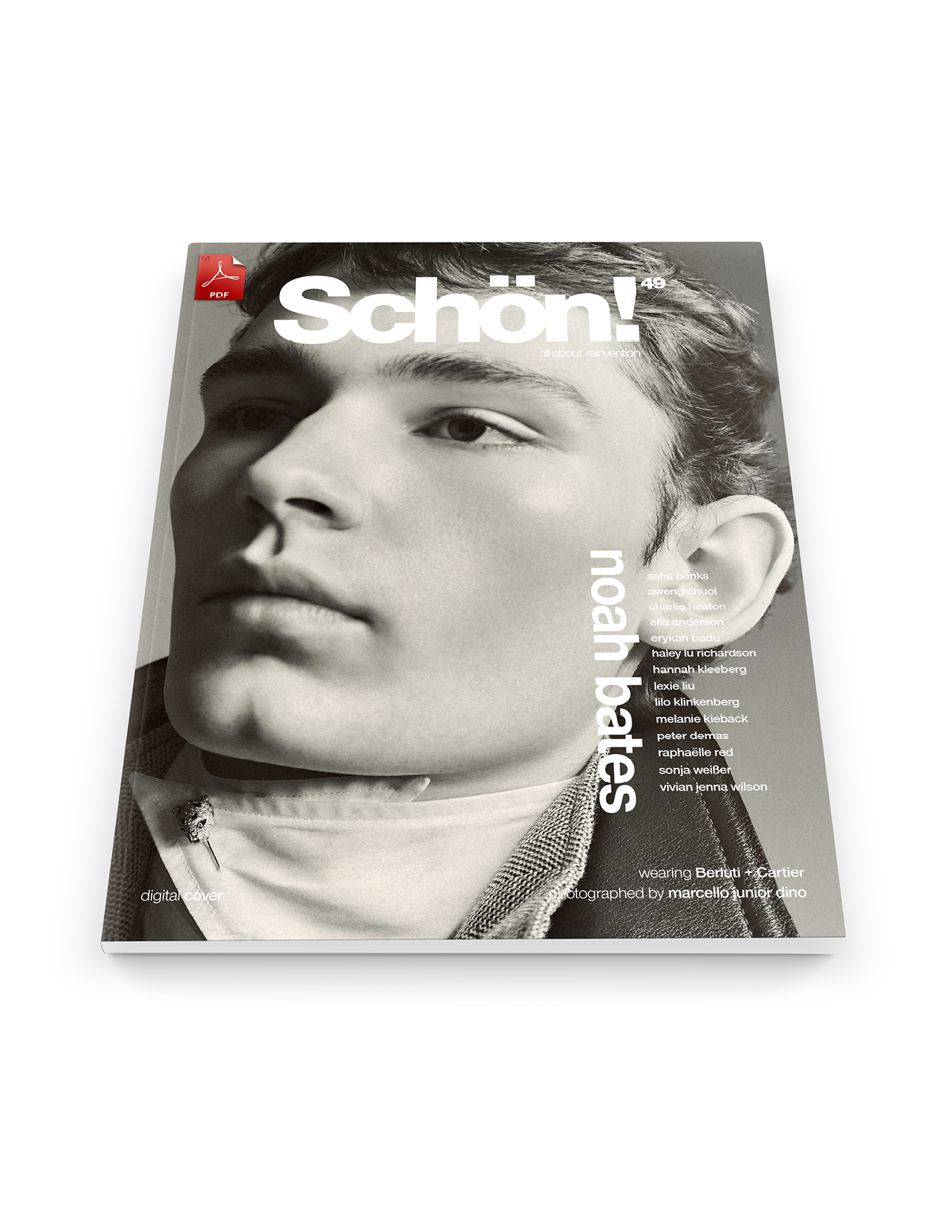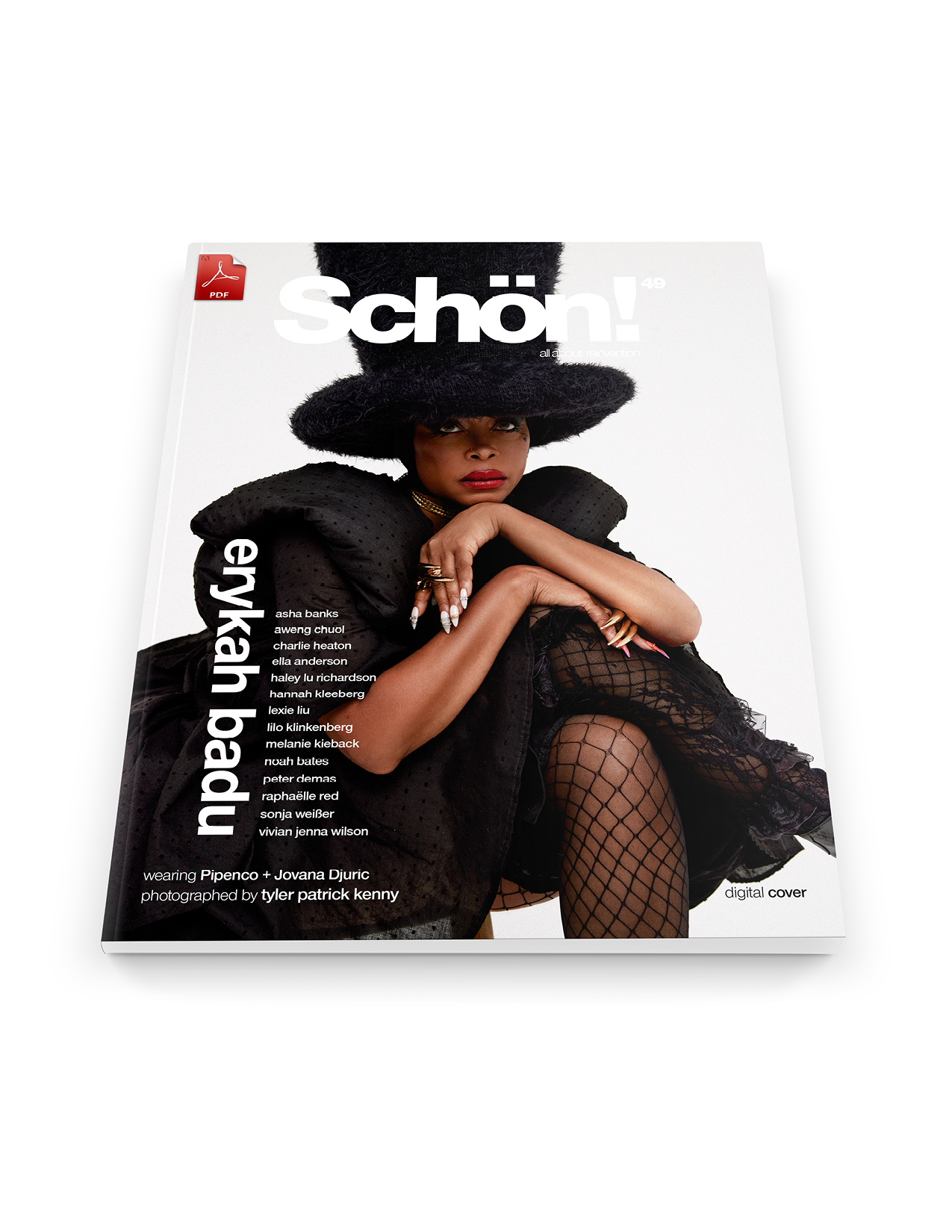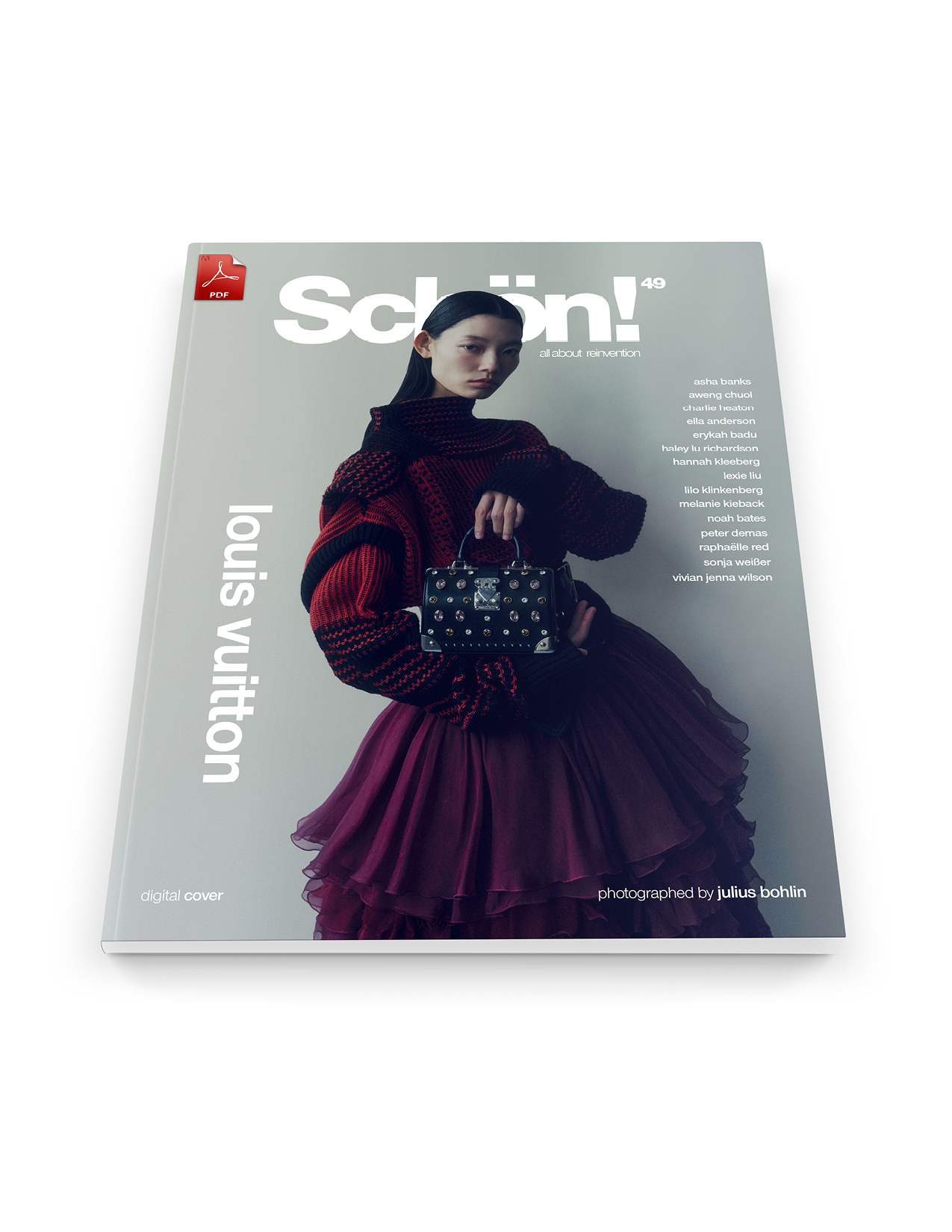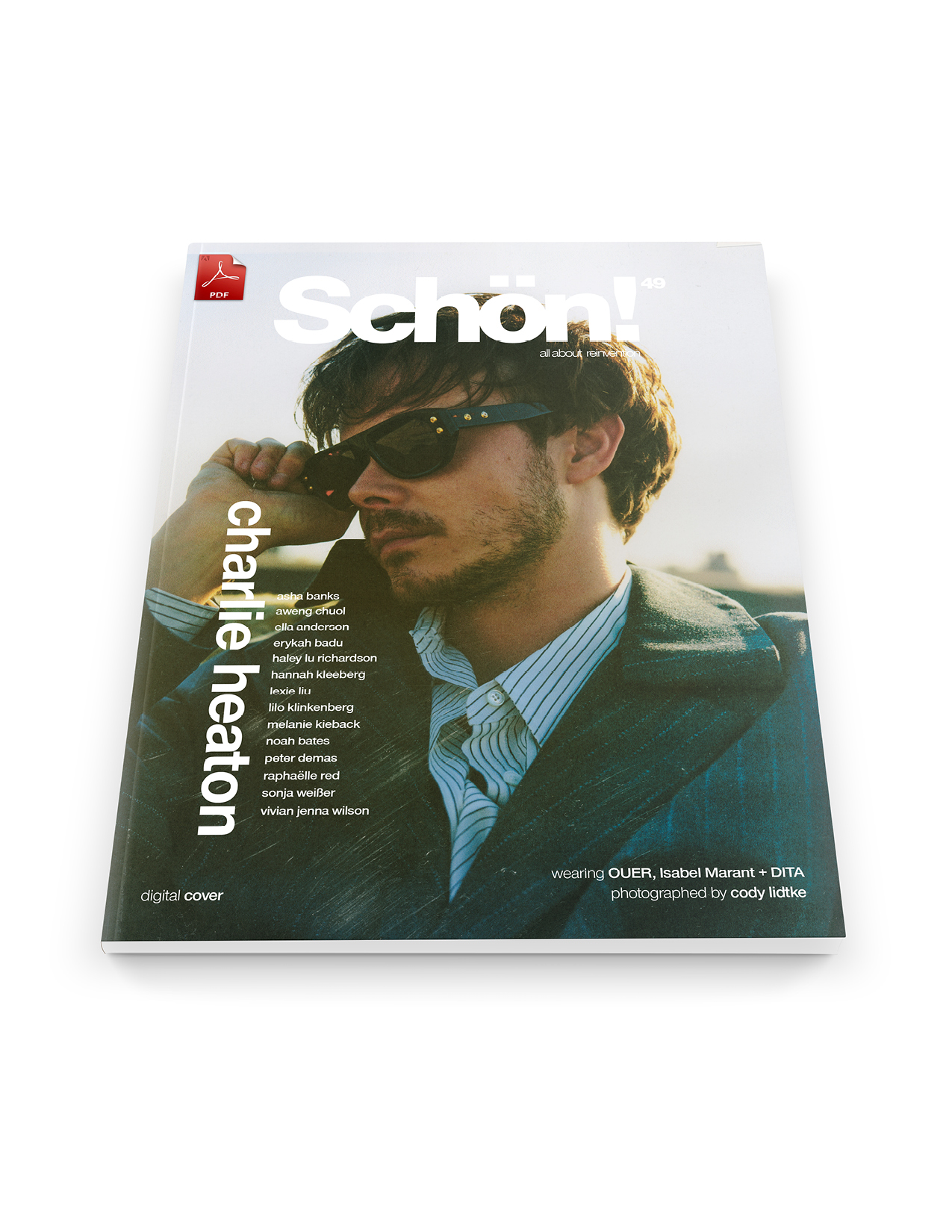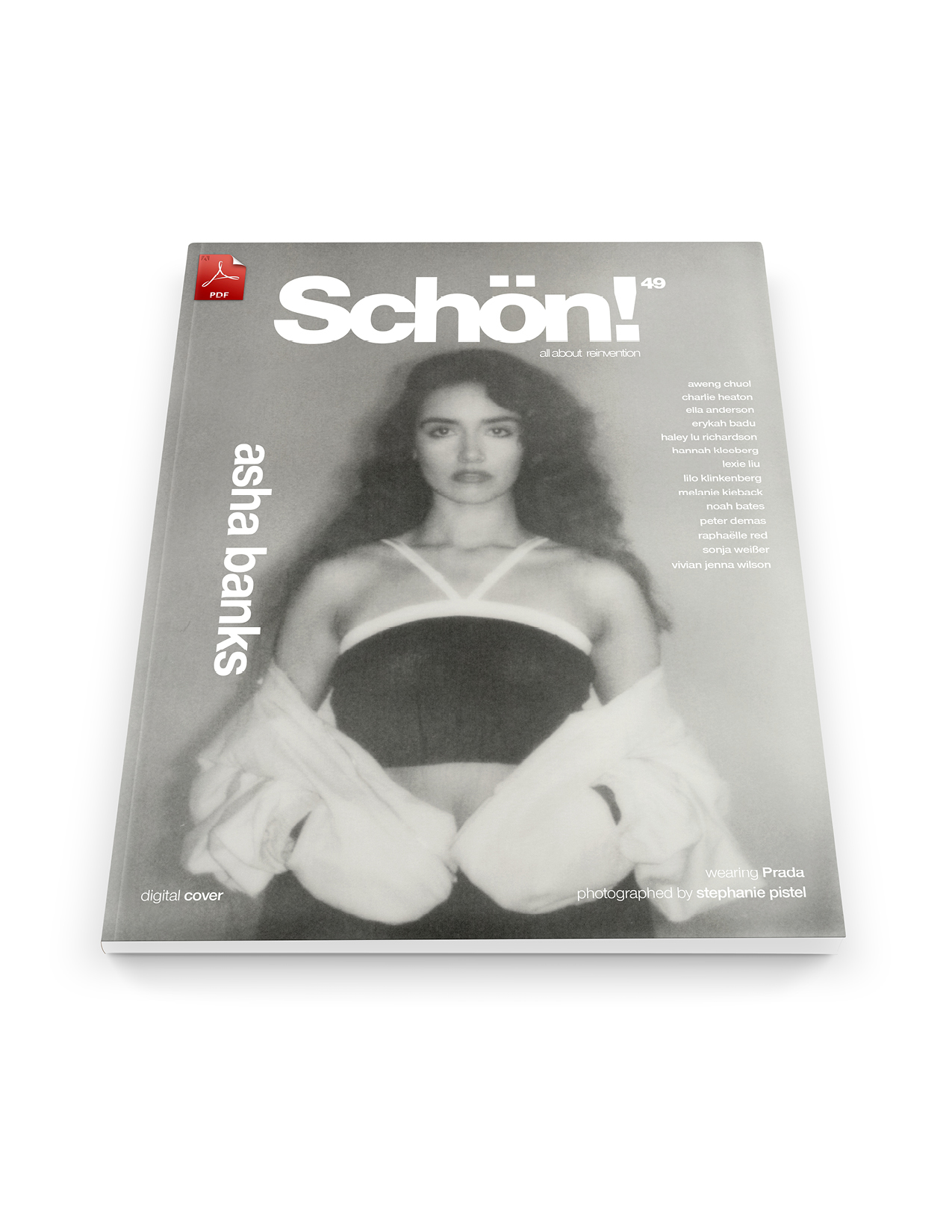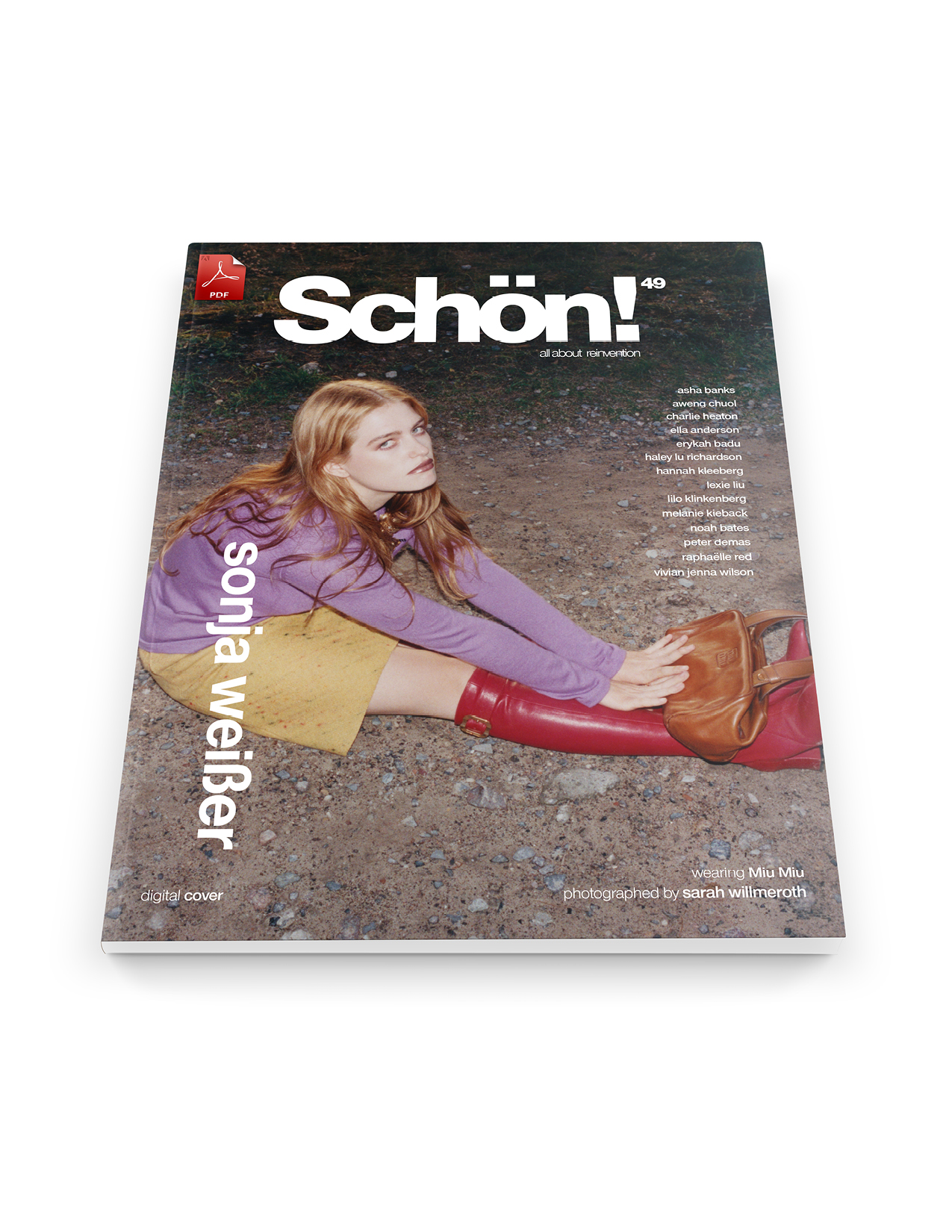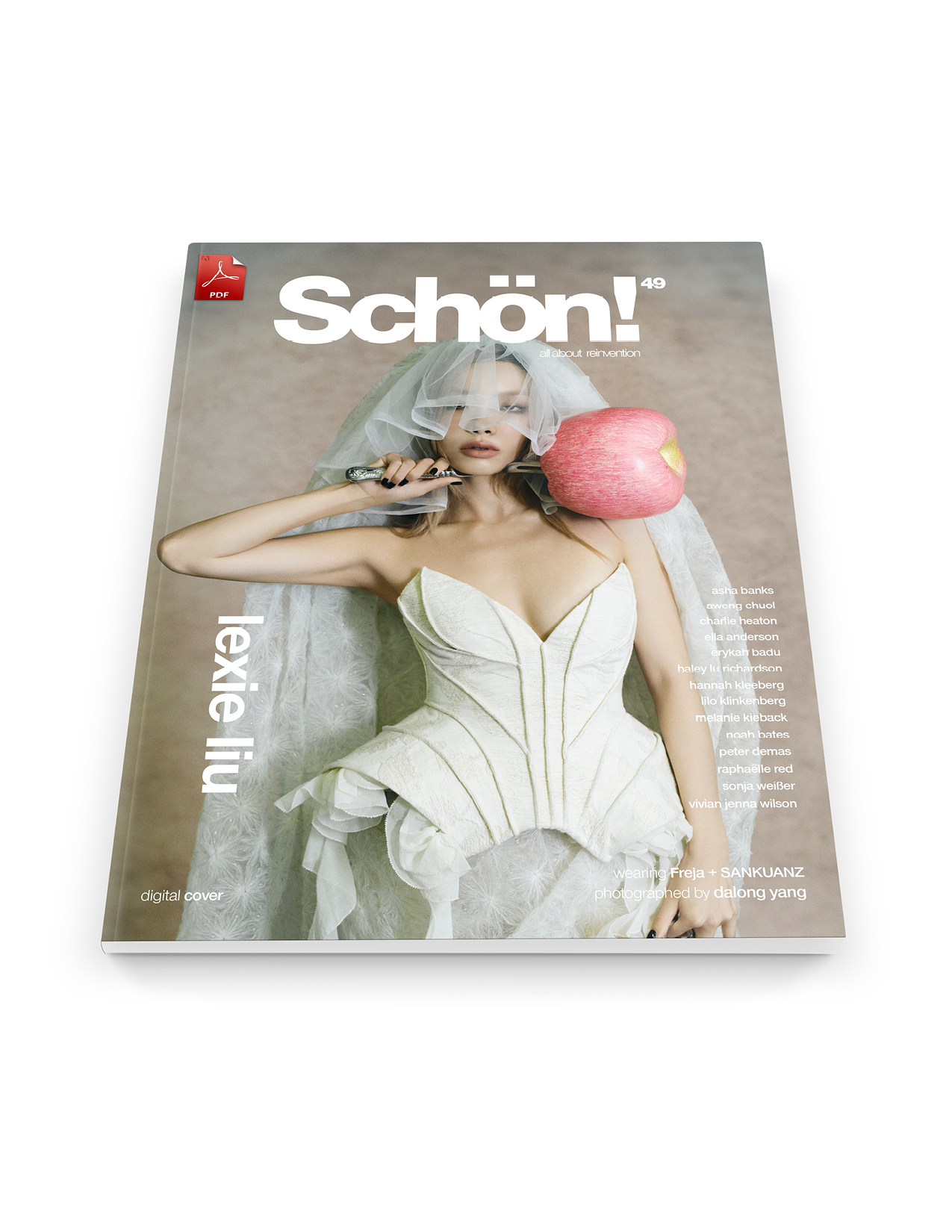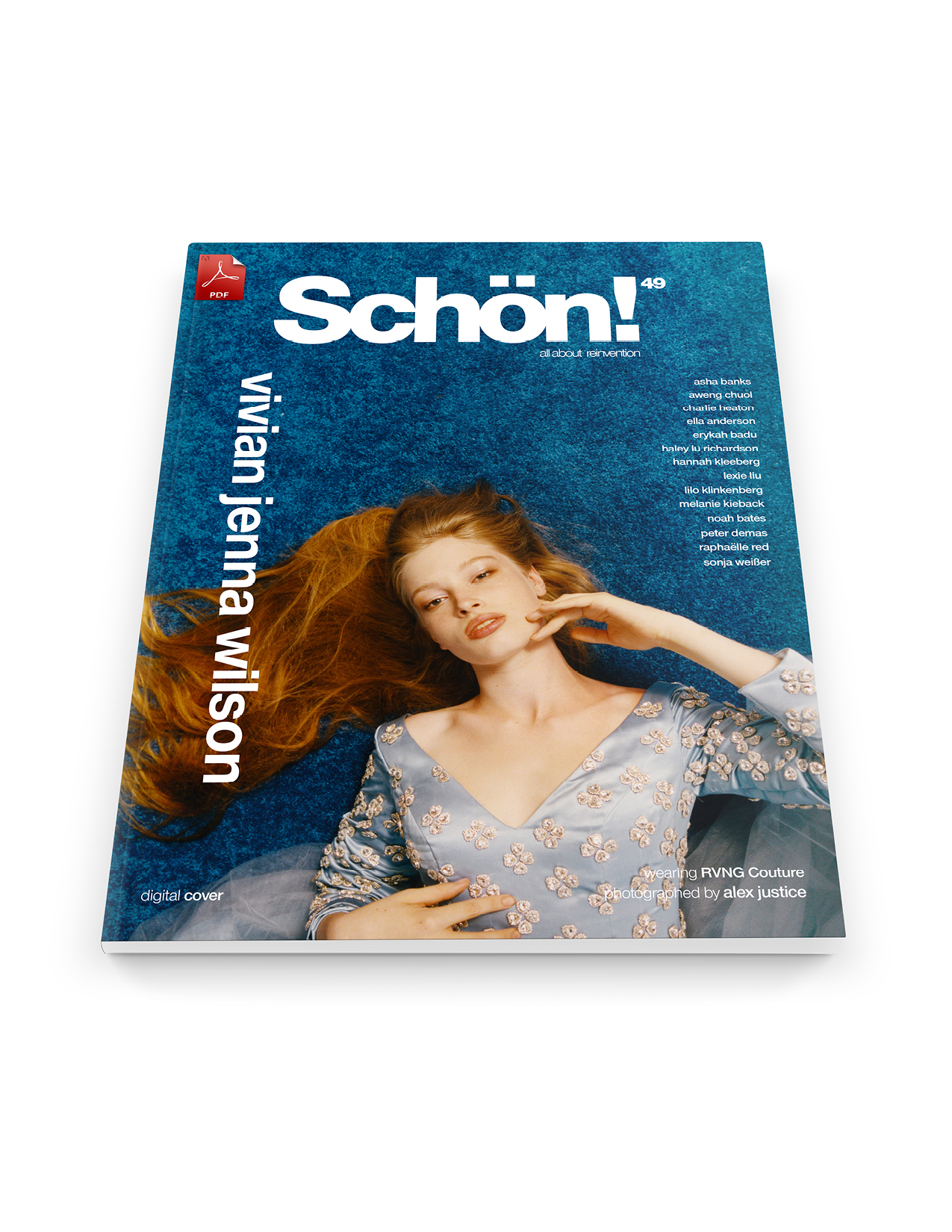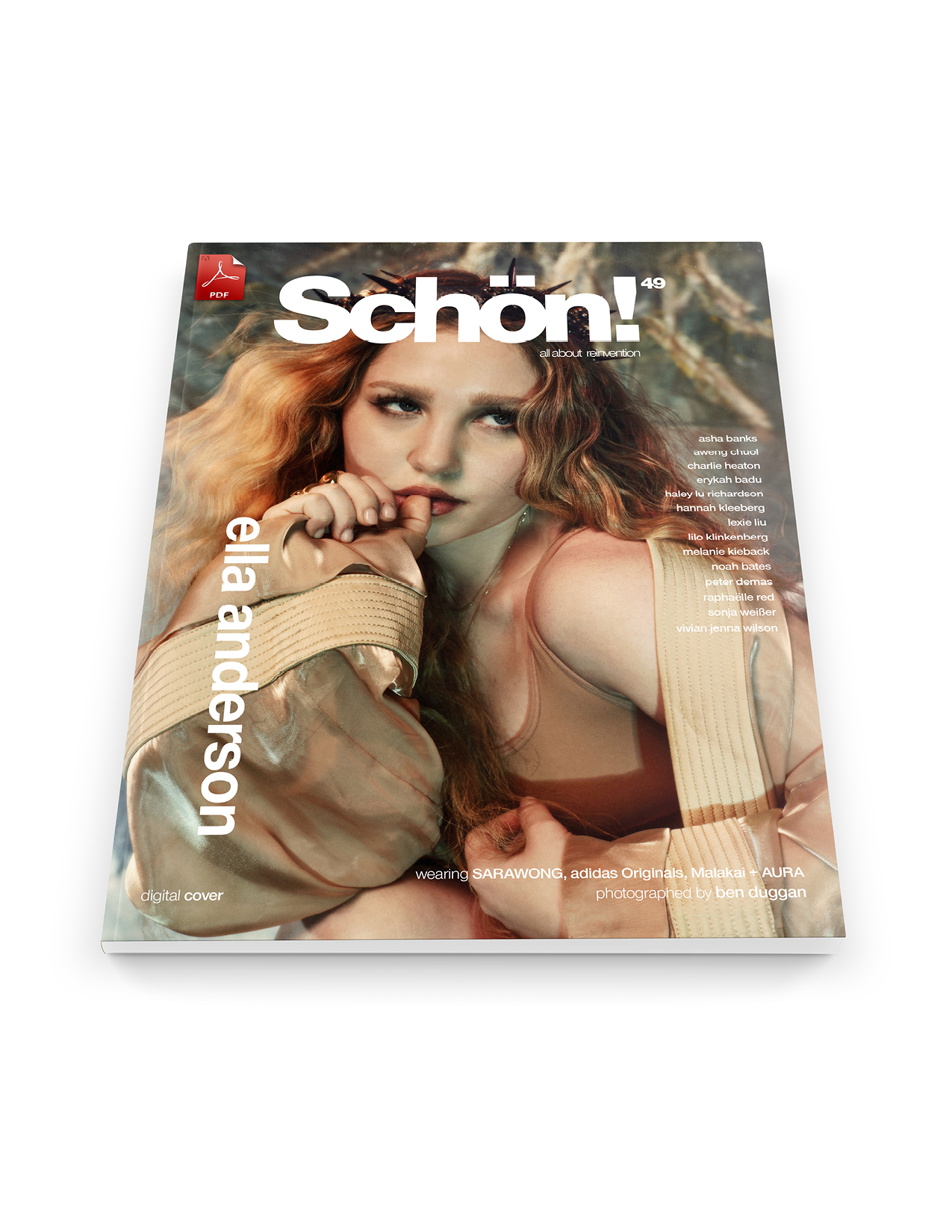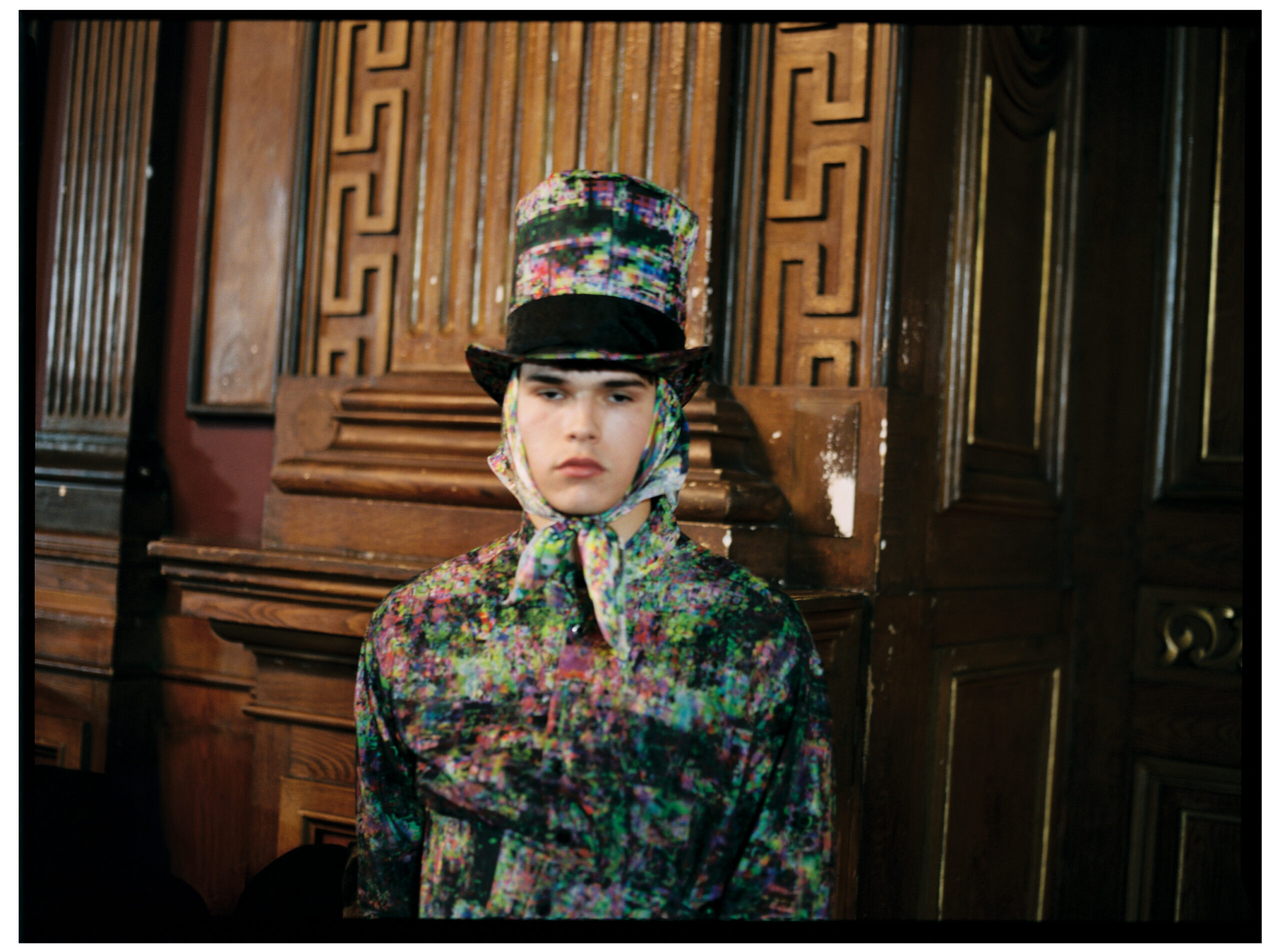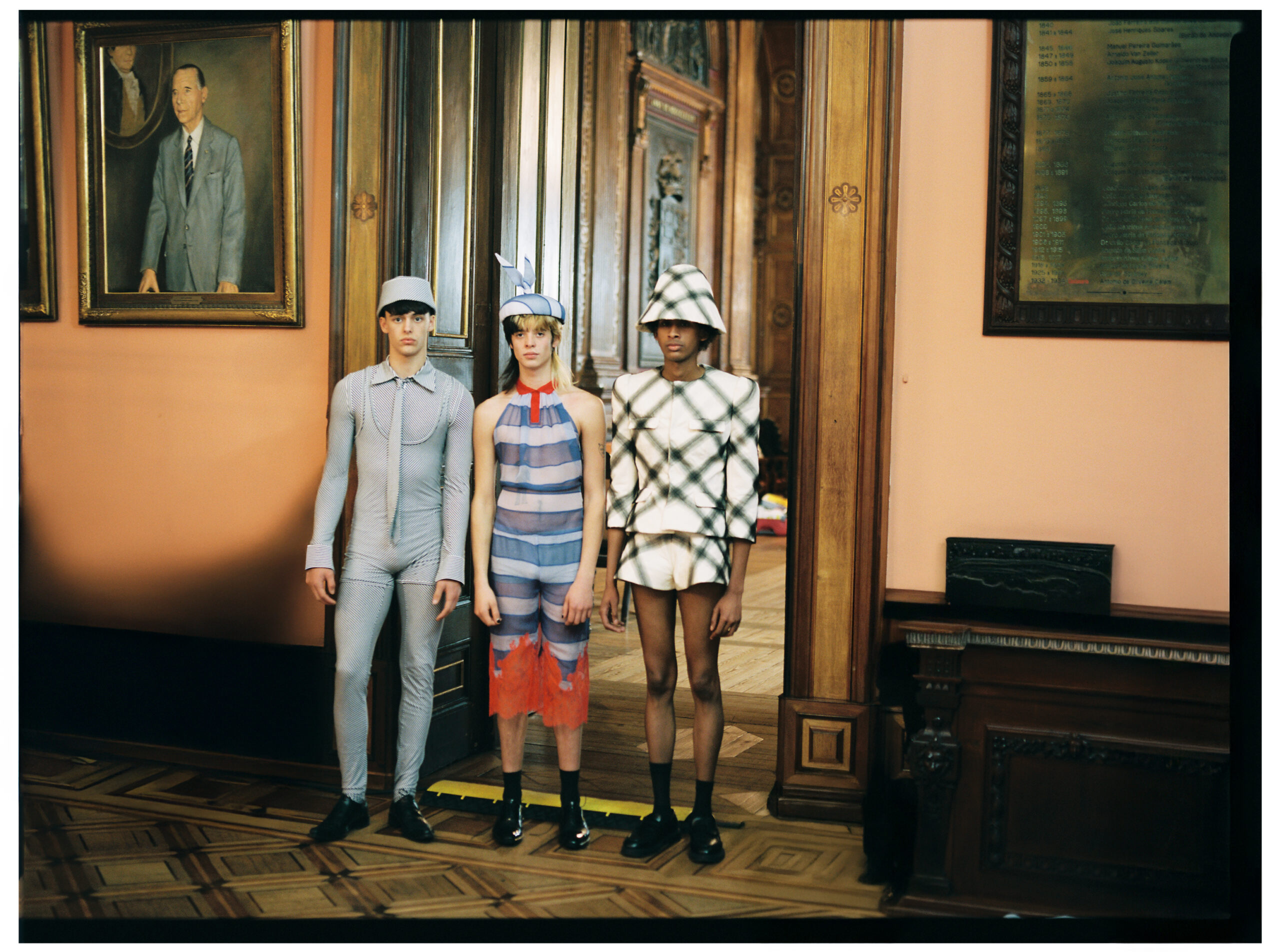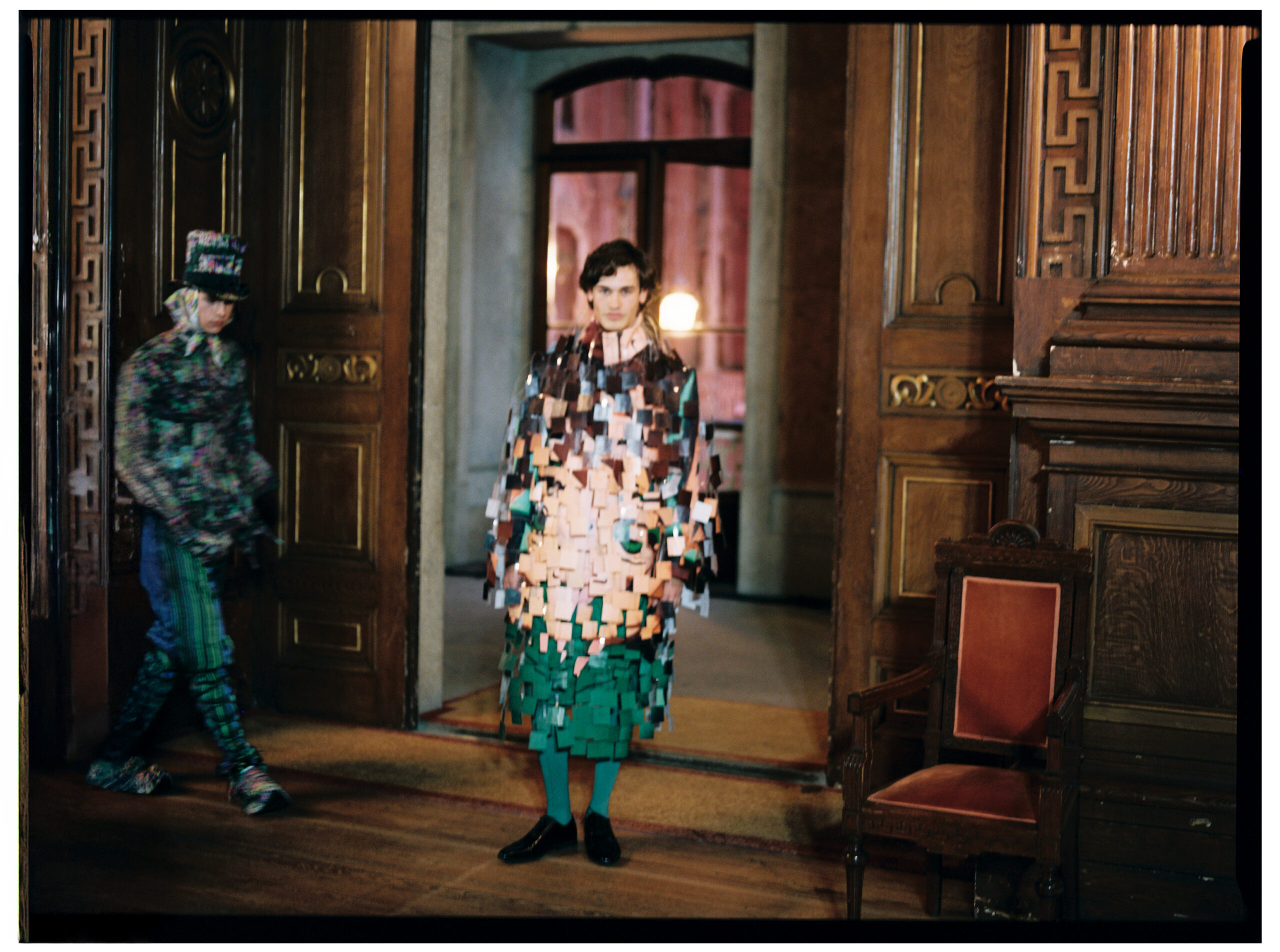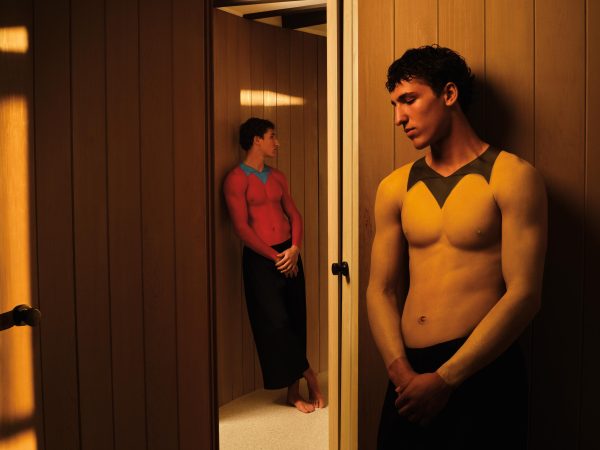
Paris Couture opened with Schiaparelli. Although it was in many ways visually amazing it seemed to me to be weighed down by history this season, and not just that of the house, by Charles James, by Azzedine Alaia, and even a little by Christian Dior. The collection felt heavier in construction and work, less about wit and glamour and more about impact. Daniel Roseberry is a terrific designer but now he needs to think more about a cohesive show rather than a series of ideas, we know he’s good, but for example, the red and blue taffeta evening dresses were odd in the mix, and structured rigidity is very hard to wear even for Violet Chachki. The collection makes stunning images and the workmanship seen up close is magical couture. It’s very popular with many social media people because it’s so stunning visually, but past seasons were better, both on the art of couture and demonstrating ideas.
Georges Hobeika took his bow with his son Jun and the modernity and lightness of this couture may be down to this young man. Gardens inspired it, and obviously that also means flowers, but I also detected an element of Baroque and obviously a feeling for romance. The layered black tulle dress suspended from a white baroque curlicue was ravishing, the ombré beaded dresses in exquisite flower shades were truly timeless and beautiful, each one like a piece of Faberge in their jewelled loveliness. The black severe, but softly structured man’s suit with a back entirely covered in black three-dimensional roses was like something from a fairytale, and the bride whose dress was scattered with white-on-white flowers and petals looked as though a shower of flowers had descended on her. The collection focussed on beauty in couture and delivered one hundred percent.

With the Olympics in Paris, it was a possibility that designers might be inspired by, and look to engage with the idea of sport, fitness, and athletics. Maria Grazia Chiuri took a brilliant wide-ranging view of the influences she lightly touched on in her couture collection for Dior. With Roman sports from mosaics, the Hellenic drapery of Sparta, the fitness and agility of sportspeople and the contrast between the fluid softness of drapery and the figure-hugging necessity of some sports, the collection was beautifully realised. Coolly classic in some ways it had a Grace Kelly feel to me, with a sporty fitness and glamour merging in harmony. A maillot half hidden by asymmetric drapery, a swirling fringe of skirt with a neat, tailored top, a light as air toga style dress, or a liquid gold goddess evening look.
High Society indeed and Grace Kelly was a big Dior customer, so the idea of Tracy Lord who swims and is true love seems to me to be as applicable as the Olympics in the refinement of the workmanship. Much of the exquisite detail was barely visible on the runway, the perfection of the beading and embroidery needed to be examined, online Dior has shown much of the craft of assembling the embellished pieces and it’s truly magnificent. Maria Grazia understands discrete luxury and understated gorgeousness perfectly, as did Grace Kelly. There weren’t any ball gowns or elaborate red carpet glittering pieces, what there was was an appreciation of true couture savoir-faire and the magic fingers of the petits mains, creating a beautiful fashion moment. If it fails to excite the fans of overstatement, dramatic catwalk tricks and Instagram hotness, that’s fine by many of us.
Exploring the aura, shape, and techniques to communicate both; thiswas the key to this season’s Rahul Mishra couture. As the show progressed it was a fascinating kaleidoscope of impressions, where Africa and India seem to meet, where the primitive or evolutionary melded into the sophisticated and meticulous. The beading in many instances took on an almost savage spikiness, and the techniques offered intense surfaces that projected from the surface or undulated across the body. Many silhouettes enfolded around the body or in an opposite statement stood in front of the body but reflected profiles and faces in embroidery often on sheer fabrics stretched across statuesque outlines. Gradations of black through grey to neutral featured in tight ruffles and ruched tulle and dull contrasted with shine. The collection featured Rahul Mishra’s beloved flowers and nature but also dived into new ideas of the human as the inspiration rather than insects of flora. The roar at the end of the show as the designer ran on with his team, clearly demonstrated the audience response to a designer whose narratives are both deeply felt and offered to us, the observers with a full heart.
Thom Browne made an entire collection for this season’s couture using only calico, the fabric designers use for toiles. The idea of the pre-garment was the key to the collection. The craftsmanship of creating tweed or whatever fabric entirely by processes and surface decoration was extraordinary. Thom Browne has a personal and original vision of fashion from top to toe, it’s delivered perfectly by his team. At dinner that night I watched as a huge table was filled with Thom Browne team members, all top to toe in Thom, it’s a fashion cult, but then all the strong designer, couture or pret porter has this kind of following, be it Chanel or Rick Owens.
Chanel was not “designed” by a designer but credited to the studio team. It was shown in the more intimate surroundings of the superb Opera Garnier. The collection was classic without any ridiculous twists or gimmicks, offering the customer pieces to buy, wear and cherish forever. Not seasonal “sell by date” items but real true Chanel. How this leads into whoever takes over the role as creative director and chief designer at the house will be fascinating to watch. Gossip has ranged and roved around the topic, Madame Gabrielle” Coco” Chanel, Philippe Guibourge, Karl Lagerfeld, Virginie Viard and? Male or female, known or unknown, predictable or a total surprise. It continues to be a case of “wait and see.” Yet business must continue, and new stock must arrive in the boutiques worldwide, fashion seasons wait for no one. So, this transitional collection will in its own way become a collectible. The team’s job was to offer good Chanel for the coming season, and that they certainly achieved.
Showing in the Lido and featuring a number from Dita von Teese it’s easy to sip the champagne, Pommeroy since you’re asking, and forget that Alexis Mabille make a good dress. Unafraid to embrace glamour, classic hourglass silhouettes and silks and satins his clients love what he does, and surely that’s the key to a couture house. Fashion cannot always be about experimentation and the avante-garde, classic has to be there as a layer within the business. The balance of bigger and smaller houses, the daring statement designer and the designer who simply makes lovely clothes is important, it’s about options. The models striding around between the tables of the Lido looked happy and glamorous, and I’d pick out a deep violet charmeuse dress with balcon ( bust) detailing, a silvery white cloque fit and flare asymmetric dress, a black strapless number with beading-like showers of water; shown with a fountain of ostrich feathers headdress in true showgirl style, and an ochre duchess satin sheath dress with corseting details. It’s all about glamour without vulgarity, sexiness without sleaze and a customer who wants simply to look great. Alexis Mabille provides all that and more.
Last season Stephane Rolland presented a most beautiful collection inspired by Arabia, deserts, and modest dress. This June found him much closer to home, Paris. This was the Paris of legends and stories, of great French movies of magnificent actresses and the splendour of French culture of left bank and Sartre, or poetry and love and the collection moved through the imagery in monochrome beauty.it was a parade whose variety from huge and structured to fluid and soft demonstrated how a tight theme can be so diverse when a brilliant designer works through it. The collection spells luxury, not through heavy couture beading but through sculptural shapes and fluid work, closer to glasswork than simply making clothes. For the second season there were also luxury jewels designed by Stephane Rolland created in India which not only complimented the clothes but at times merged into them. From floating black mousseline and featherweight transparency to the heavy folds of Duchesse satin, the collection created a complete mood bubble for the audience, with immaculate hair and makeup, a collage of sounds and a finale amidst swirling mists; a show to remember.
Charles de Vilmorin leapt onto the fashion scene during challenging times and his journey has not been straightforward. This collection was about a strong story and a hint of French legends in its approach to the collection. As sometimes happens I like this show increasingly as I delve deeper into the pieces. It was a “production” and this in turn blurs our approach the actual clothes. From rustling be-feathered creatures to lost princesses, to extraordinary patterned and rushed court ladies and even a wolf we were dazzled by the inventions placed before our eyes. Now examining them individually they’re beautiful and romantic and intensely French in mood and historical atmosphere. I use the word “historical to cover anything from the court of Francois 1ier to Couture in the 1950’s. It’s this very collage and assemblage of elements which one needs time to unpick.
Imane Ayissi is now established during the haute couture calendar, and his signatures are clear and brilliant. This season wasn’t so focussed on them and felt less confident than previously. His use of raffia, his colour sense, his swaggering taffetas were all there, but the Japanese influence was too soft by contrast and though lovely felt slightly like a mismatch. However, the show had more than enough hits from a red taffeta and raffia “bow” evening dress that screamed awards ceremony and a beautiful caftan style dress in cranberry with ruched fabric circles on the yoke, another Ayissi signature, as well as a robe in verdigris yellow with a meandering pattern of Parma violet sequins flowing across the surface.
Armani Prive has had, like all great designers, good and less good seasons, Monsieur Armani can stray at times too far away from his heart and aesthetic in search of “novelty.” This season was one hundred percent pure Armani is its restraint, power, beauty, and sexiness. The sexiness is the underplayed power of confidence, allure, and a slight nonchalance. The restraint and power of the pieces were superb and to produce a collection this confident and edited at this stage of his career is a testimony to his genius. The flow of the collection was beautiful and it’s hard to select stand-out pieces. A golden beaded transparent collarless jacket cardigan over a top and pants, the fragile blouses with softly gathered skirts, the column dresses in beads or silvery gold with embroidery. The slimmest of dresses with twists or cutaway details and the ease of the construction, where even the jackets flowed and moved. It was the pinnacle Giorgio Armani Prive.
Years of showing at haute couture, we know and love the work of Franck Sorbier for what it is; relative, crafted, and unique. It’s outside trends and fads and shows one. Restive vision undulating and shifting across the seasons, but simple it’s pure Sorbier. In a cobbled courtyard, the models were poised on and between magnificent horses. The chance to view close up the silver wire embroidery the tightly ruched decoration or the flounces of tulle exploding from a tiny waist was marvellous. The colour palette revolving mainly around a kind of cloudy blue-grey sky with white, alongside couture black, was balanced with surprises such as the deep Victorian-hued velvets on one of the men. Or indeed a pure black-on-black “fringed” capelet look. There is also always an element of dance to Sorbier’s work, be it tango or waltz, many of the pieces swirled out the silhouette and the ghost of parties past was never far away from this romantic, yet never nostalgic collection.
I wasn’t at the show, but I find it fascinating how diverse the views are of the work of the designer Demna for Balenciaga. Personally, and professionally, I thought the show was two collections slightly at odds with each other; the true couture Balenciaga and the Demna ideas for up-cycling, recycling, and reusing couture. I also wonder if this is the correct creative platform for this specific use of repurposing. Julie de Libran, Ronald van der Kemp and Aelis all use dead stock, vintage and found fabrics but in different yet very couture ways. A denim shirt simply tied behind yet worked as a bustier at the front is trying a little too hard to be a statement, especially at these prices and in this salon, for me. The layered jersey looked great as a concept but not here in this particular environment. Look 33 and look 37 for example looked like two entirely different collections. Respect for the house is clearly apparent in what Demna does but the balance between nostalgia, remakes, and reverence with experimentation and personal skew of fashion at odds with the original founder is causing me to wonder how much longer it will be before one or the other smashes it’s way to prominence. Many social media fashion commentators were also commenting on the distancing further and further between the house and the designer, which was not the case at the beginning.
Exploring couture, and questioning what it is is all part of the work across many seasons of Yuima Nakazato. Last season he closed with red splashed by a dancer from a shallow pool, this season he opened with red as we arrived. Intense dancers were dressed with embellishments which made sounds some clattering, some like castanets and some like bells. The show was processional rather than traditional catwalk and the was a ceremonial feel to the entire production. The key element was revealed, with model after model in sober tailored black opening it to reveal crochet, knot, and rope work in blood red. The contrast throughout the show between semi-unfinished, handcrafted and almost punk with the rigours of sharp matt tailoring was brilliant. The collection also had many other stand-out shapes and looks some of which recalled a collection toon a few years ago based around the Phoenix bird. It was a truly special collection in every aspect from top to toe and in casting.
Geometry from circles to triangles was the theme, and Viktor & Rolf worked it to the max. From pouter pigeon roundness to oblique triangular dresses from pleated and ruff-like satin collars to huge ballooning sleeves, and from sweetly puffed-up shapes to weirdly angular concoctions it was a collection boldly making a statement. How it will be worn and by whom remains to be seen, their witty and yet very serious take on their themes has given these two a rare and special place in fashion and fashion history across the last thirty years. Exhibitions, fragrances, wedding dresses and other ventures keep them busy, and their creativity is unique in its uncompromising following of their approach to fashion. Haute Couture has always enabled them to push further with an idea, be it a theme or a concept from paintings in golden frames to all-white sculpture to giant dolls or bells. So, this was in tune exactly with their rare approach to fashion as they see it.
For Zuhair Murad, the colour that really shone this season with marron, prune and cherry shades infiltrating the black. There was also velvet wrapping around satin and shimmer to give a Rita Hayworth glamour to several looks. There was less metallic glitter, more scattered embroideries, and fresh approaches to the house’s decorative signatures. The collection felt like a bridge between modern glamour and traditional glamour, a fresh eye on the red carpet demands a sharper and more understated flavour. There was a lot more drapery and this in everything from scarlet velvet to old rose crepe de chine, some of the draping slotted through or was held in place with embroidery but again, less top-to-toe glitter. When you look at the pictures what you see isn’t edgy or avante-garde but it truly beautiful classic couture, crafted by a designer with supreme expertise, great confidence, and the ability to move forward without losing his signatures.
Since his retirement, each season Monsieur Gaultier of Jean-Paul Gaultier invites a designer to use his atelier and archive, his signatures, and his style to create a single couture collection. I confess: I’ve almost lost count across the seasons but this time it was Nicholas de Felice from Courreges. At thirty-seven he is young in terms of his couture reference so it was exciting to see what he might do. It was superb. He pared back, streamlined, edited, and cut away to reveal his modern sharp view of the heritage of the house. His collection used elements of the house archive and Jean-Paul Gaultier’s approach but without turning too far away from the founder of the house he modernised it; he updated it, and he offered stunning clothes. There was a freshness that only Haider Ackerman has to my mind brought to the seasonal task of creating a collection. If you look at the pictures the collection is consistent and thought through from beginning to end without trying to reference too many elements. It’s clear that he should remain there, but since de Felice is already designing, and very successfully, Courrèges this is unlikely to happen.
Sofia Crociani explores when creating her work at Aelis and this results in needing time to look, questions to ask and details to be reviewed. Her romantic narrative rolls from season to season almost as if the time between is an interval between acts, rather than a stop-start. Her love of bare backs, her layering of fabric, her use of training ribbons and her subtle use of colour never changes. This season she dived into dense back silk velvet, reusing it from the wardrobe of the Paris Opera archives. Placed next to her fragile concoctions it was amazing. Drifting, or slowly promenading through the gallery where the show was held was mesmeric; each piece demanding our full attention. It’s an intensely personal view of couture but across the world, there are clients seeking out these visionary pieces. Sofia Crociani designs like a poet, creates like an artist and the results are poetic art.
Last season Peet Dullaert had a certain fragility and a romantic distressed element in his collection. This season had much of this but also one or two odd choices making the edit seem less focussed. However, the heart of the collection was beautiful and wonderfully made with dusty taffetas and scrolls and twists of fabric encircling the body, and hints of bustles or Edwardiana, and then a hint of art deco. The collection opened beautifully with a series of top-to-toe black looks with a slight court or embassy formality to them yet also with a hint of decay and neglect in a perfect vintage manner. The embroideries were of heirloom quality, and winding, twisting drapery gave a wonderful Baroque look to some pieces. The craft and the mood it beautiful and there is not a single doubt that Dullaert is a true couturier with his own personal vision.
Robert Wun‘s designs make great images, totally appeals to the Instagram generation, and has one hundred percent visual impact. It was Robert Wun’s third show, and the signatures are beginning to reveal themselves. The burnt edges, the drapery, and the trailing lengths of the silhouettes. Wun also loves a visual narrative with snow or rain, flowers, or planets. It’s great to be in the room and watch it all go past and it’s fabulous but for one element, the actual quality of the fabrics it too theatrical, glitter nylon gauze, synthetic jersey, felted wool, it’s just a step away from theatre fabrics. We all understand the budget restrictions at this stage of his career, but perhaps three or four fewer outfits and a bit more spent on the rest would be good? The surface techniques and the embellishment is perfect and there is true quality here, but couture requires silks and satins if requires the perfect jersey. So, great show, great images, less impressive on the quality, perhaps time to work more closely with some great fabric people. Please note. I’m especially aware of the whole subject of fabric after talking to Stephane Rolland and Sofia Crociani about their fabric choices, and the time and difficulties this has had since lockdown and the disappearance of mills and the increase in prices.
Ardazei closed this season’s couture. We were all tired, we were all hot on the press bus, and the coolness of the huge Musee des Arts Decoratives was a balm before the show. From the very first model, the designer was confident, assured, and consistent. It was a collection thought through in mood, colour, and pieces, with the designer’s fascination with technology, gems, and their construction as part of the collection’s inspiration but without resorting to it overpowering or becoming a gimmick. There was a great of playing with volume and shaping and silhouette, and how the lines around the body interact. The use of fabrics with body or structure was strong, but again without forcing the work and drapery was used in complex constructions as punctuation points within the collection. The colour palette embraces amethyst, and deep violet and purple, with pewtery silver and of course black.
We left this, the final show and couture feeling that although we had seen many beautiful things, the days of forcing it all into set trends or stories was truly over. The season demonstrated, if we needed it, that individuality is the key to a house today. Being true to your personal style and signatures offers a name with strength and integrity, it is about truth and honesty in designing and this, in turn, gives the couture days a wonderful spectrum of stories. There are, if you want to be organised, three approaches to designing a couture collection; glamour, tradition, Alexis Mabille, Zuhair Murad, Georges Hobeika, then there’s drama, statement, Robert Wun, Schiaparelli, Balenciaga, Margiela Artisanal and finally there’s modernity, clarity with Armani Prive, Dior, Stephane Rolland. Thank you to all the designers and the press teams and all the models, hairdressers, makeup artists and craftspeople who make haute couture so intense and glorious.
words. Tony Glenville










































